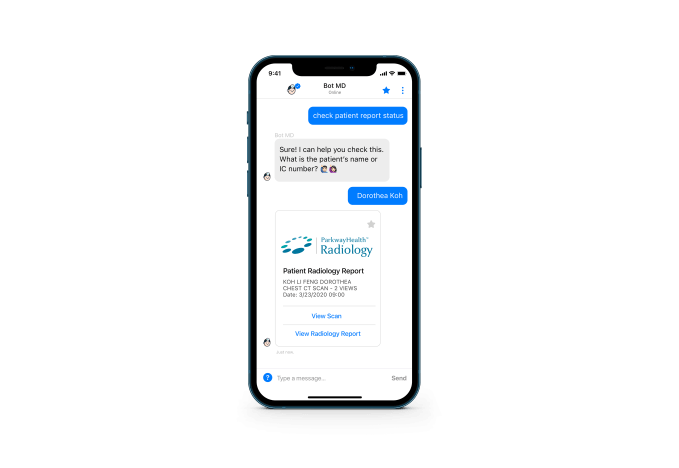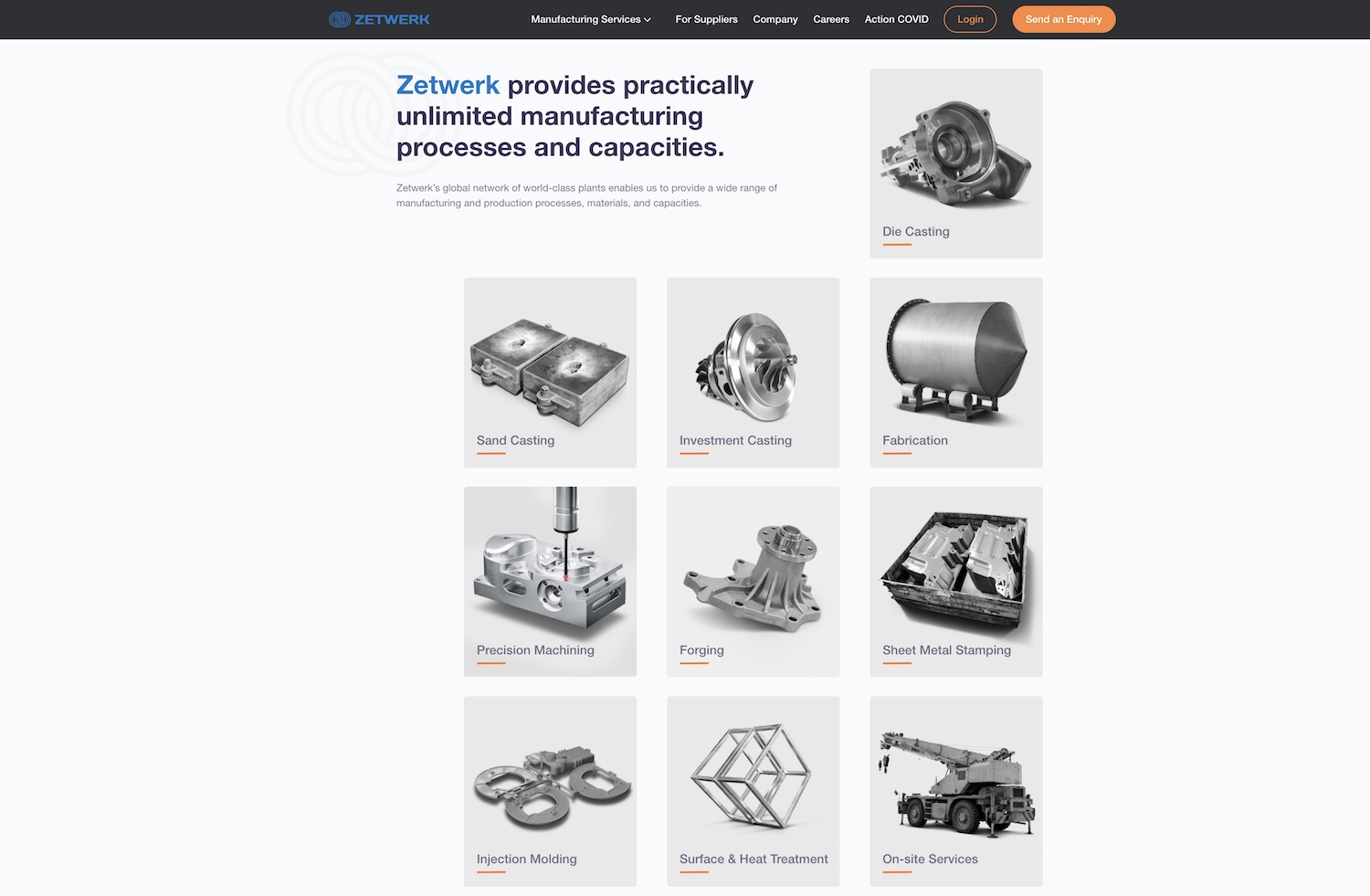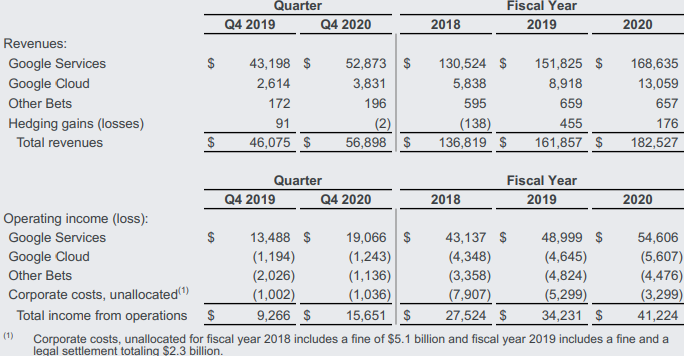- February 3, 2021
- by:
- in: Blog
Eyelash extensions have taken off in recent years — particularly in Asia — but the audience is only so broad. Getting extensions — semi-permanent fibers that are attached to one’s natural eyelashes — can require hundreds dollars and hours in the seat of a lash stylist. There’s always the risk, too, of irritation or worse.
Eyelash extensions have taken off in recent years — particularly in Asia — but the audience is only so broad. Getting extensions — semi-permanent fibers that are attached to one’s natural eyelashes — can require hundreds dollars and hours in the seat of a lash stylist. There’s always the risk, too, of irritation or worse. Little wonder that, even accounting for low-budget lashes that can be applied at home, the market stands at around $2 billion, which is too small a market to capture the attention of most venture capitalists.
Luum, a four-year-old, 15-person, Berkeley, Ca.-based robotics company, thinks it can change the math — and attract investment — by “exponentially” expanding the market, says its CEO, Philippe Sanchez, who has overseen large chain businesses, including as a managing director for Starbucks in France.
The way forward, he says, is through robotics, artificial intelligence, and machine learning, which Luum says it’s using to ultimately create a robot that that can apply lashes in 20 minutes and, if all goes as planned, will be widely available in beauty shops. More, because even lash extensions eventually need to be replaced (every two to four weeks), customers will tend to come back again and again under the right circumstances.
Right now, there’s a bit of magical thinking involved, admits Sanchez. The tech currently relies on Epson industrial robots to which a variety of arms and sensors are attached (making it look a little like something you might see in the dentist’s office). The procedure of applying lashes has been tried out 100 times on 25 brave souls alone. The process currently takes as long as it would to apply lashes by hand, too, meaning a couple of hours. Still, Luum, which has raised $10 million to date from Foundation Capital and others and is about to begin talking with investors about a Series A round, is convinced that it has the right team to chase and grow what it sees as a big and underserved opportunity in the beauty space.
We talked with Sanchez yesterday afternoon about the company and its next steps. Our chat has been edited for length and clarity.
TC: So you are targeting this popular treatment in what seems like a very fragmented industry.
PS: It’s very popular and yet a little bit undiscovered and yes, it’s very fragmented. There are 34,000 lash extension services being offered right now in the U.S. alone, where you’ve got an artist coming over to you and selecting one lash extension at a time, dipping it in an adhesive, and gluing it to an existing lash, then waiting a few seconds to get the next one and the next one, and two hours later, you have amazing lashes that look extremely natural.
But these are individual lash artists. And we see this as a great opportunity to reinvent the category and take a service that’s already popular and make it even more popular with high-level execution and a new world-class brand.
TC: So the idea is that you create a brand and develop a chain of walk-in centers around the country and world where these eyelashes will be robotically attached?
PS: Correct. We want to leverage our technology to build our brand and launch a chain of studios, as well as to license the technology to people who already sell beauty services and products and and offer them a chance to either be much better at what they do if they are lash artists or, if you know, they have a hair salon or a large cosmetic retailer, they can [add lashes as an ancillary business]. They love the idea of returning customers having to come back every month for services, and lash extensions bring them back into their stores.
TC: This obviously requires the same or better precision than human fingers, along with high safety requirements given this hardware is so near to someone’s eyes. How does the robot work right now?
PS: The machine is pretty large and pretty soft and very advanced. There is a bed just like you would have in a first-class business flight. And the machine nearby that is about the size of a human, and so you lay in the bed and the machine work overs your face — you have a mask, just like if you were to do a manual extension — and it has a little robotic arm that does the job of a person but is much faster and more precise than any manual application. And it’s very safe. It’s got little prongs in the plastic at the end of these arms that are very light held by very light magnets because you need only a few grams of force to manipulate the lash.
TC: So if there was any type of external event — an earthquake or something . . .
PS: . . . the arms literally fall because they’re held by these little very light magnets. If you you shake the machine or somebody sneezes, the arms will fall. It creates an environment that simply cannot hurt you, which is critical to the service itself.
TC: Are you licensing anyone else’s tech or building everything in-house eventually?
PS: It’s all built in house. We’re leveraging advanced robots from Epson that are very good at doing precise manipulation and that are fast. But [as for] IP in the beauty space, there was essentially no prior art, so we have secured a patent already in the U.S and Korea and Australia and [have] 25 patent cases around the world that are very broad and provide us with a moat and protection for the company at large.
TC: How much will these robots cost?
PS: They will cost about $125,000 or so, but this one-time capital expense can boost productivity of labor by four or six times, so you’ve essentially increased the throughput of one bed, one lash artist, by six. And the machine lasts four to five years.
TC: Plus other costs.
PS: You will have maintenance costs, but it’s essentially pure margin. For most of those consumer service business, most of the cost goes goes into the labor. That was for my experience at Starbucks.
TC: How far away are you from realizing this vision?
PS: COVID [slowed us down], though we can conduct consumer tests again right now [as California reopens slightly], so we’re testing the machine, which is already able to deliver a simple style at about the speed of a human. And as we continue to develop and work over the next few months and get closer to opening our first studio, the performance of the machines will increase to twice the speed and three times the speed and four times the speed of a human application.
TC: You need more capital toward that end. How much are you looking to raise?
PS: A $15 million Series A. That will allow us to open our first studio and validate the unit economic model, as well as to build our third-generation machine. The capital will also be deployed to start to build the foundation of a world class beauty brand.
TC: Who should investors know is on your team?
PS: The company was founded by Nathan Harding, who also founded the [robotic exoskeleton pioneer] Ekso Bionics, and Kurt Amundson [who worked with Harding at Ekso Bionics for a decade]. They’ve got tremendous experience and expertise already in the world of advanced robotics, and also computer vision on the computer vision side.
TC: What’s to keep a company like Dyson from jumping into this market if you’re able to prove there is one?
PS: Some folks will realize that this is an attractive space and it’s worth looking at, but we’ve got a couple of years on them already.







